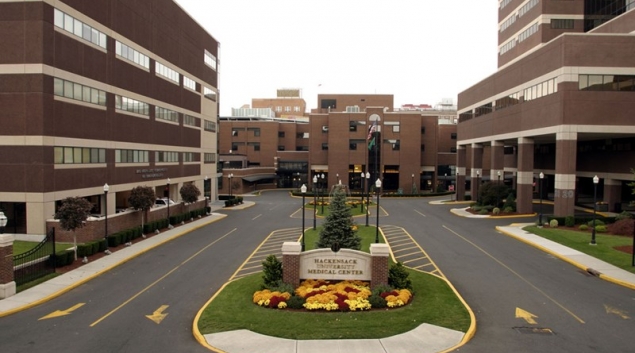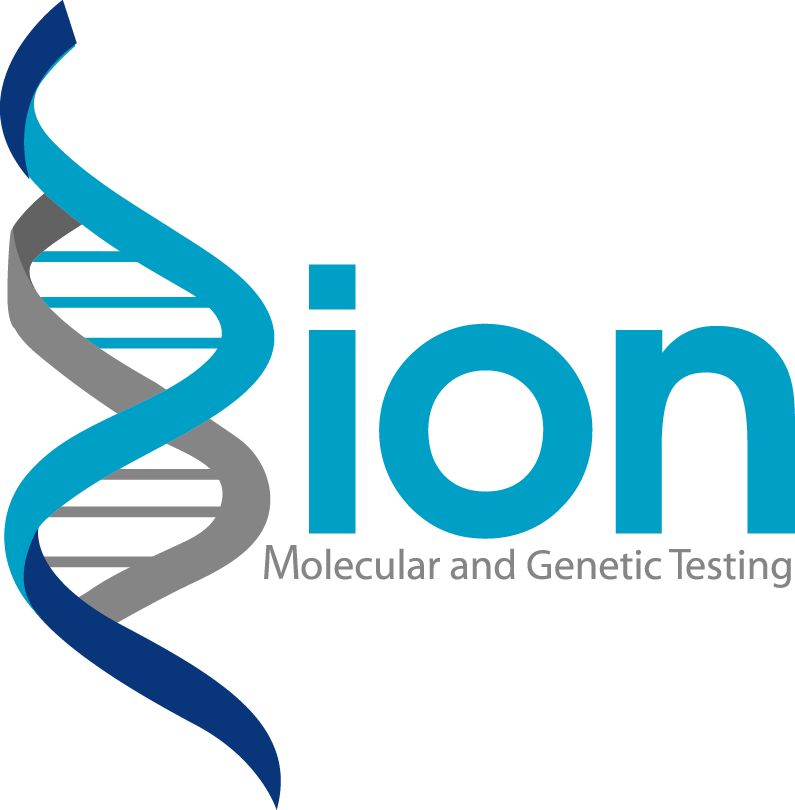Model provides better clinical results and has potential to save billions nationwide, says chief innovation officer.
Susan Morse, Associate Editor

Hackensack Meridian Health in New Jersey has found a way to deliver on the promise of precision medicine and population health for better clinical and financial outcomes.
Hackensack’s Andrew Pecora MD, believes the success of the program could make it a model for the rest of the country, literally saving billions.
“A couple of programs save $11,000 for every patient with Stage 2 breast cancer. This I think could save hundreds of billions of dollars if applied at scale,” Pecora said. “It’s starting to be used by programs across the country. People are still getting their heads around value. This is value-based care.”
Pecora, chief innovation officer for the health system, and Lili Brillstein, director of Episodes of Care, Market Innovations for Horizon Blue Cross Blue Shield of New Jersey, will share their provider and payer perspectives on how the program works, during America’s Health Insurance Plans Institute & Expo this June.
The focus of the session, Pecora said, is how to bridge precision medicine and population health.
“In order to know exactly what care a person should receive, start with knowing everything about the person and the disease they have,” Pecora said. “Then compare similar people with similar diseases that are treated in the same way.”
Factors include family history, behaviors, socioeconomic status and information about the disease down to the genomic level, particularly when that disease is cancer and whether this is the first therapy or the fourth.
“You embody all of that in a digital code and get a number,” Pecora said. “That can be aggregated with the same number of 50 other people who share your same number. That’s precision medicine. You look at the population and see which (treatment) gives the best clinical outcome.”
[Also: EHRs, population health platforms top CIOs investment priorities, KPMG says]
In looking at the various care pathways or lanes of treatment, first look for the best clinical results. If there are similar choices, find the one that’s most economical to improve clinical outcomes and reduce the total cost of care, he said.
“Say you have five lanes of care,” he said. “Everybody is going into the first three lanes. By definition, the clinical outcomes just got better. Lane 1 is 20 percent less money. Now you steer everyone to lane 1 and save 20 percent.”
All of this takes data.
[Also: Geisinger, Highmark eye joint venture to create clinical network]
Horizon Blue Cross Blue Shield of New Jersey shares its data with its value-based partners, along with the savings, according to Brillstein.
“In our value-based models, we share claims data by type of service, so physicians can look at the data and understand the treatment and options,” Brillstein said. “We have a tool where we can extract information out of the medical records to get to the clinical level.”

